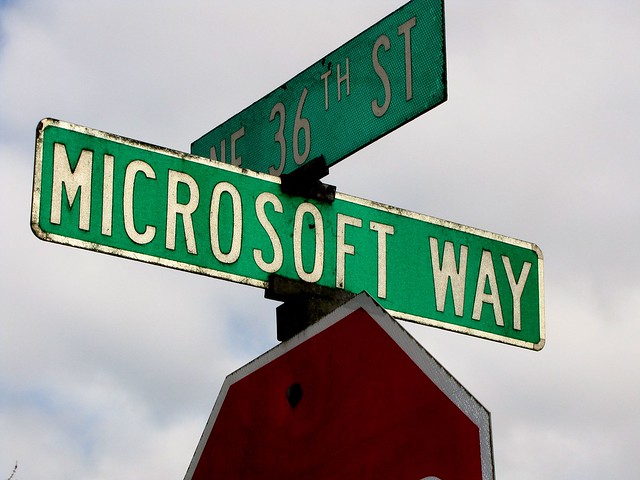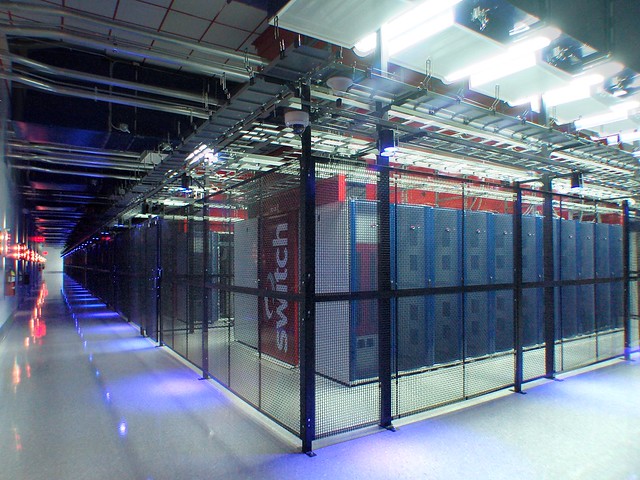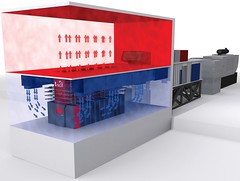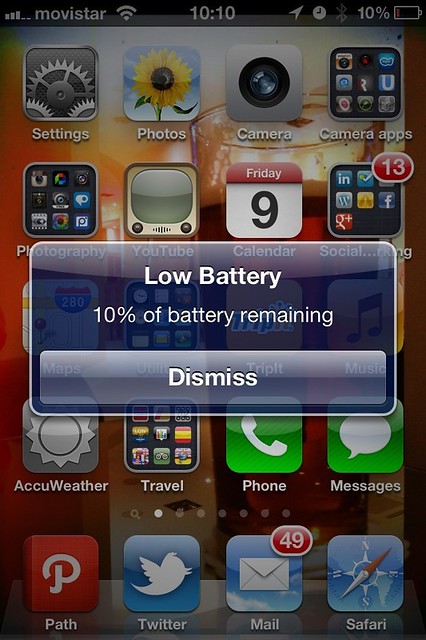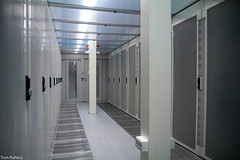
Attending IBM’s Pulse 2012 event this year I was again struck by how much IBM’s Maximo is used in maintenance management applications.
And why do we care about that you ask?
Well, keeping machinery properly maintained, and alerting if machines go out of tolerance for certain parameters (energy consumption spikes in refrigeration plant, fuel or oil consumption in engines, even the presence (or absence) or certain chemicals, etc.) is often an early sign that that machine/system is faulty. Sometimes this fault can result in extra consumption of a resource, other times it can be a safety issue. In any case the measurement and alerting can kick off a pro-active maintenance ticket which may otherwise have been missed.
Correct scheduling of servicing for a lot of machinery is a sustainability win too. If machines are not serviced according to the manufacturers schedule, consumption tends to increase, but properly maintained they are safer, and typically consume less.
I came across an interesting example of this recently with IBM’s announcement of a project to make the US’s 2nd largest school district one of its greenest and most sustainable.
The Los Angeles Unified School District (LAUSD) has 700,000 students, 14,000 buildings spread over 710 square miles in California. It receives more than 300,000 maintenance service requests per year.
How are IBM going to improve it?
They are making it more efficient by allowing students, teachers and staff to report issues like water leaks, broken aircon/heating, exposed cables and so on, by sending text messages and photos through their mobile phones. One receipt of the text, GIS is used to locate the problem which is then submitted directly to the Maintenance & Operations Service Call Desk (which runs on IBM’s Maximo Asset Management software).
?Each year we found we were spending too much time, money, and energy locating, and reporting a problem before we even had the chance to fix it,? says Danny Lu, business analyst, Los Angeles Unified School District. ?By finding a more efficient way to report and locate needed repairs, we are able to respond faster to serve our campuses. The best part is that the solution is at the fingertips of most everyone on campus.?
Text messages are great, but obviously this needs to be expanded way beyond just sms (use of which is declining globally). This kind of project needs to have an app for each of the major phone/tablet OS’s, it needs to be able to listen in on social media channels, as well as being able to receive texts. Only when all communication sources are catered for, will an initiative like this have a chance to make this school district the US’s greenest and most sustainable.
Photo Credit Tom Raftery
Follow @TomRaftery

